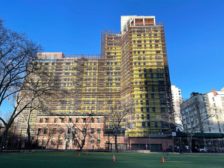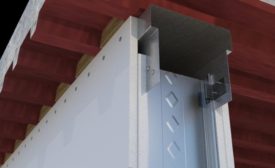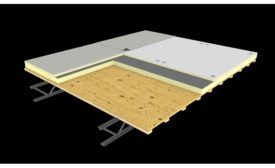Home » Keywords: » fire rating
Items Tagged with 'fire rating '
ARTICLES
Clarifying Codes for Fire-Rated Doors
Enclosure Safety Can Revolve Around Knowing Important Code Distinctions
August 2, 2023
Enhance your expertise with unparalleled insights.
Join thousands of building professionals today. Shouldn’t you know what they know?
SUBSCRIBE TODAY!Copyright ©2024. All Rights Reserved BNP Media.
Design, CMS, Hosting & Web Development :: ePublishing
.png?height=168&t=1725394554&width=275)


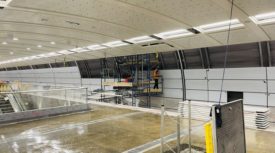
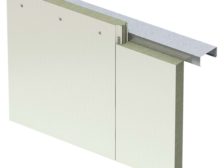
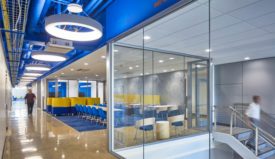
.jpg?height=168&t=1633139734&width=275)
